Some letters are difficult to write; we’re not sure where to begin. Sometimes we want to address an issue raised by a memory. Since memories come to our minds as images, and we have access to all the pictures stored on our phones, we can easily jog errant memories while creating points of connection with our readers. Ekphrasis–using an image from a photo or piece of art–works well as a point of entry, even with letters.
A photo I took spurred me to write a letter to my dead mother. She held a styrofoam coffee cup next to her face, her gaze direct and slightly defiant, challenging death and me, it seemed. My brother had put her in hospice after moving her from southern California to his home in Las Vegas. With her money, he’d purchased a new home for them to live in together, but once they moved in she’d had a breathless spell and he’d called an ambulance. I flew down from Portland with my youngest daughter to see her, afraid it might be the last time. But she turned out to be fine. My brother, however, wasn’t ready to take her home, so he put her in hospice. Hospice routinely put patients on morphine, which induced a coma.
She had no need for morphine, or even hospice. This is all backstory, and not extremely relevant to this letter, except for this: mystery often hides in the background of what we write. Ekphrasis is a door that opens up deeper truths.
Writing Letters with Ekphrasis
To write a letter using ekphrasis, choose an image that connects you to your reader. If you have an actual image, a photo or object, spend some time studying it in a meditative way. I love Robert Olen Butler’s concept of “dreamstorming,” allowing your mind to float around as you picture a scene. You can use it here to explore the memory your photo or object conjures. When you’re ready to write, stay in this trance-like state as you vividly describe the image, letting the words flow from your feelings, an act some refer to as breathing on the page*. Let it be an act of discovery.
More on dreamstorming:
https://fencer.wordpress.com/2007/02/02/butlers-approach-to-fiction-writing-part-ii/
http://www.sandragulland.com/on-dream-storming/
And breathing on the page:
https://www.betsywarland.com/project/breathing-the-page/
Here’s how I began an ekphrastic letter to my mother:
Dear Mother,
I should’ve cleaned your fingernails before you died. I know dirty fingernails never bothered you, but in that last photo I took of you where your hands wrap around the ceramic mug of fresh coffee I brought with real cream, instead of the styrofoam cup of instant with powder packets you’d been getting—-in that picture the gleam is back in your eyes, feisty again, but a dark, dirty rim lines each fingernail. I regret not offering to clean your nails, but at the time it didn’t occur to me. You had lots of life left in you. You could’ve cleaned your own fingernails….
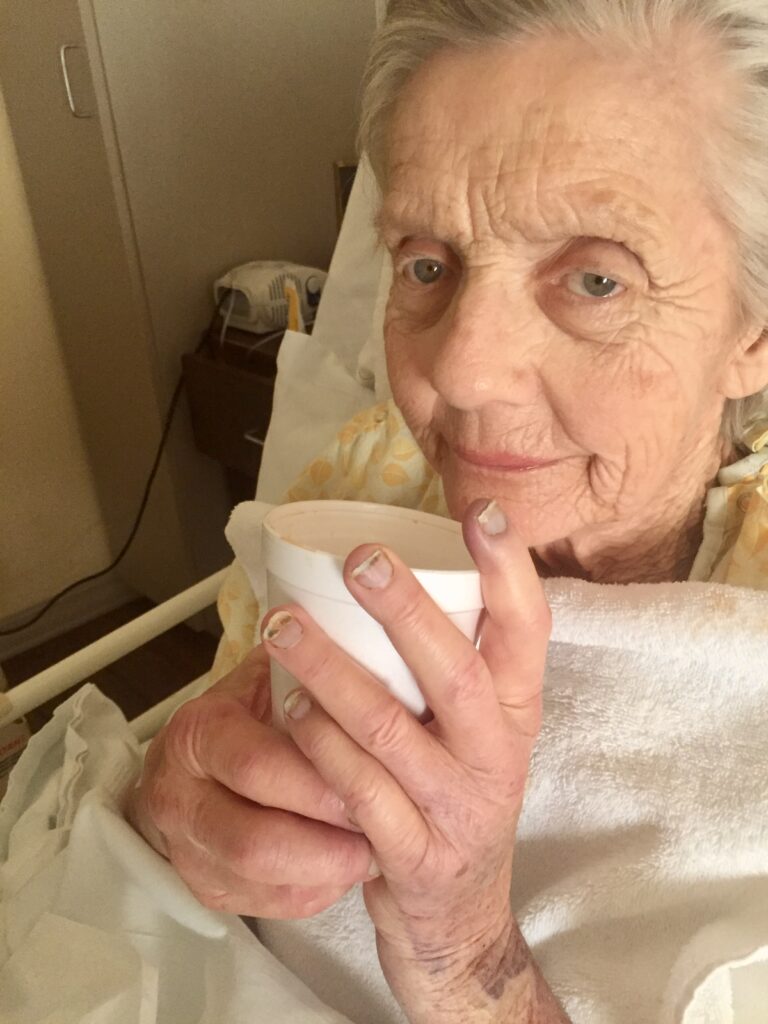
Sometimes letters turn into stories. This letter became part of a collaged story, Mother Nails, begun in a grief writing workshop with Alida of PDX Writers. https://www.pdxwriters.com/
What letters or stories do you want to write? Describing an image with vivid details can take you into the work. Try it and let me know how it goes. For more on this see my post:
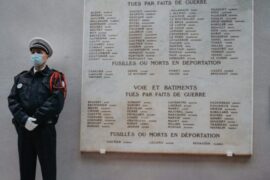

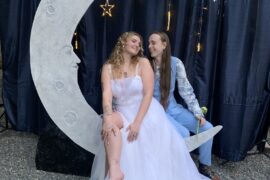
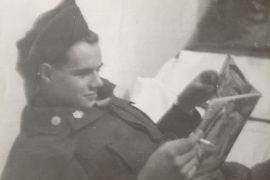

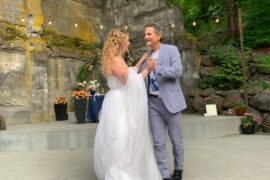
Comments are closed.